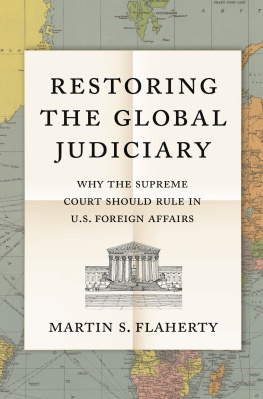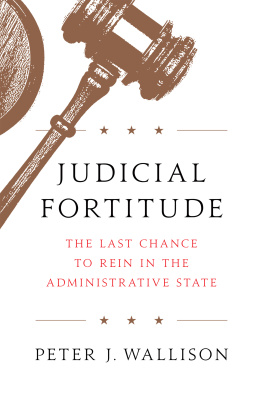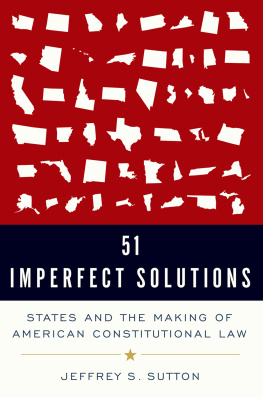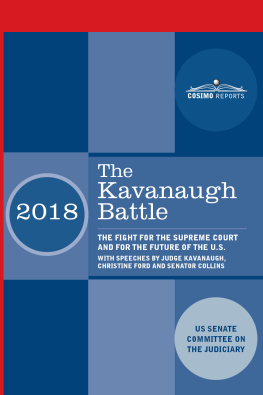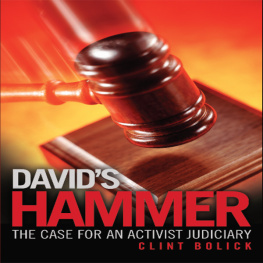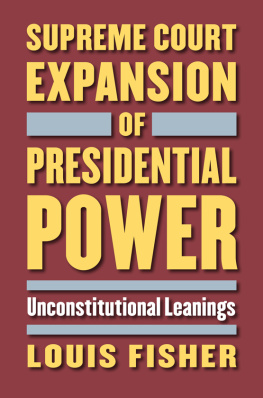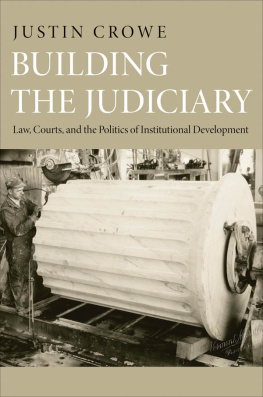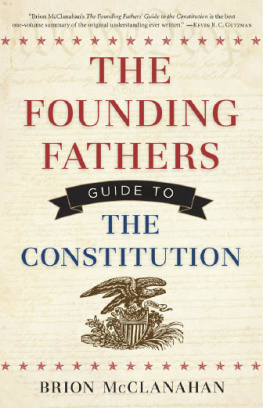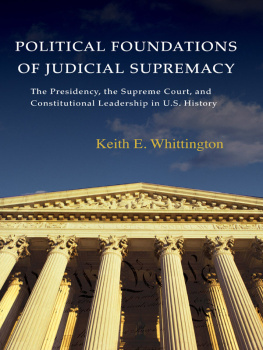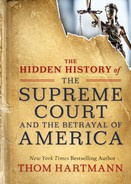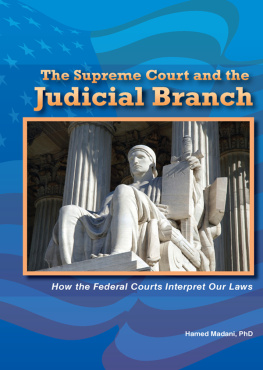Copyright 2019 by Princeton University Press
Published by Princeton University Press
41 William Street, Princeton, New Jersey 08540 6 Oxford Street, Woodstock, Oxfordshire OX20 1TR
press.princeton.edu
All Rights Reserved
ISBN 978-0-691-17912-4
ISBN (e-book) 978-0-691-18612-2
Version 1.0
British Library Cataloging-in-Publication Data is available
Editorial: Bridget Flannery-McCoy and Alena Chekanov
Production Editorial: Kathleen Cioffi
Jacket Design: Layla Mac Rory
Production: Erin Suydam
Publicity: Tayler Lord and Kate Farquhar-Thomson
Copyeditor: Evan White
Jacket art: (Background image) Standard map of the world. Geographia Map Company, 1942 / Library of Congress Geography and Map Division, Washington, D.C.
PREFACE
THIS BOOK BRINGS together several longstanding interests, each of which happens to address an ever more obvious and grave threat to constitutional government, fundamental rights, and international stability.
The threat goes by many names: illiberal democracy, elective authoritarianism, populist despotism. The varied labels reflect its pervasiveness. So too do its manifestations. In my capacity as sometime legal advisor at the UN, I am occasionally forced to hear their exposition by various mouthpieces of sadly familiar autocracies. (Of course, these demonstrations are hardly the most onerous incarnations of such threats.) The growing chorus includes lackeys of Vladimir Putins Russia, Xi Jinpings China, Rodrigo Dutertes Philippines, Victor Orbans Hungary, Jair Bolsonaros Brazil, Nicolas Maduros Venezuela, Omar al-Bashirs Sudan, and Recep Tayyip Erdoans Turkey. These and other regimes, more or less harsh, manifest certain tendencies that historically ebb, flow, and have lately combined. One is the age-old problem of concentrating power in one leader, whether king, dictator, party chair, or chief executive. Another such tendency, a somewhat more recent discovery, is the tyranny of an electoral majority. Concern over abuse of power, among other things, motivated the Founders of the American republic. They would hardly have been surprised at the periodic rise of these dangers elsewhere in the world. They would be dismayed that their framework had let through a figure such as Donald J. Trump. Yet Trump is merely the reductio ad absurdum of a concentration of elective authority that should have concerned more Americans more consistently for more time than it has to date.
A situation this dire demands resistance on many fronts. In my case, happenstance has given me the good fortune to experience disparate fields, each of which (as I hope this work will suggest) is useful for the task.
The mention of the Founders brings up what is, appropriately, my most longstanding interest, history. Growing up in New Jersey, I was fortunate to live relatively far from the cages on Highway 9, and dwelt instead amid numerous Revolutionary War sites. That happy accident instilled a lifelong fascination with colonial America, the fight for independence, and the founding of the American republic. Sometimes I pursued these topics in a fairly hands-on fashion. The only gun I know how to or care to use is an eighteenth-century flintlock; this ability dates to my service as a ranger in the Continental Army at a national historical park in Morristown. But mostly Ive explored the period academically. Studying with Father Giles Hayes while in high school at Delbarton, John Murrin as an undergraduate at Princeton, Louis Cullen while on a fellowship to Trinity College Dublin, and Edmund M. Morgan while in graduate school at Yale provided an invaluable and enduring foundation. Countless colleagues, too numerous to mention, continue to add to that base.
All this has enabled me to both extol and critique the dead white male slaveowners I tell my students helped found the nation. Given their flaws, not to mention the intervening centuries, the drawing of any lessons from their legacy should proceed with caution. But neither should our precaution lead us to ignore them, or worse, allow them to be twisted beyond recognition to shape a modern agenda. Whatever their faults, those who resisted imperial rule gained recognition as an independent nation; hammered out constitutional frameworks, state and federal; and combined book learning and practical experience in a way seldom equaled in world (let alone American) history. Handled with care, their insights endure. Well handled or not, their legacy looms large, especially, for better or worse, in U.S. constitutional law. An understanding of early American history, in short, is a prerequisite for confronting the pathologies of modern American government.
The mention of law reflects a subsequent interest of mine that informs this volume. As I also tell my students, at some point in graduate school I had the epiphany that law professors make twice the moneyfor doing half the workas do historians. So off to law school I went. At Columbia I was also fortunate to study with a varied array of constitutional law experts in particular, including Bruce Ackerman, Vince Blasi, Henry Monaghan, Barbara Black, and Kendall Thomas, as well as a host of others in related fields. As in history, subsequent dialogue with numerous colleagues once I began teaching has built on this foundation immeasurably. Eye-opening in a different manner was that American law school version of a postdoc, serving as a clerk to a judge. Here my constitutional education continued with the opportunity to learn from two very different, very formidable jurists: Judge John J. Gibbons of the Third Circuit and Justice Byron R. White of the Supreme Court.
Summarizing constitutional laws clashing viewpoints, arguments, and approaches leads directly to a place where angels rightly fear to tread. Some apparent lessons, however, do stand out. One deals with the process of interpreting our very terse Constitution and so deriving specific rules that can alter the destinies of millions of people. As my students also hear more than once, perhaps the least useful tool in modern constitutional controversies is the actual text of the Constitution, especially in foreign affairs. Much of this volume addresses this predicament by drawing upon the interests and experiences just outlined. One other insight deals with the substantive role of the judiciary. My legal education came at a time when the last echoes of the Warren Court were dissipating. With them faded the idea that the judiciary, within the bounds of the law, could be an agent of positive social change, or even a significant check on the Congress and the executive, the so-called political branches. That idea first came under withering criticism from the Right, but it was later challenged from the Left as well. I remain enough of a child of my time to stick with the old-time religion. As this book will argue, these two lessons can be brought together to defend the idea that the judiciary should reclaim and embrace its role as a defender of fundamental rights against government overreach under a properly interpreted constitutional order. Cutting further against various trends, it also argues that that role is more, not less, urgent in cases touching upon matters beyond the nations borders.

